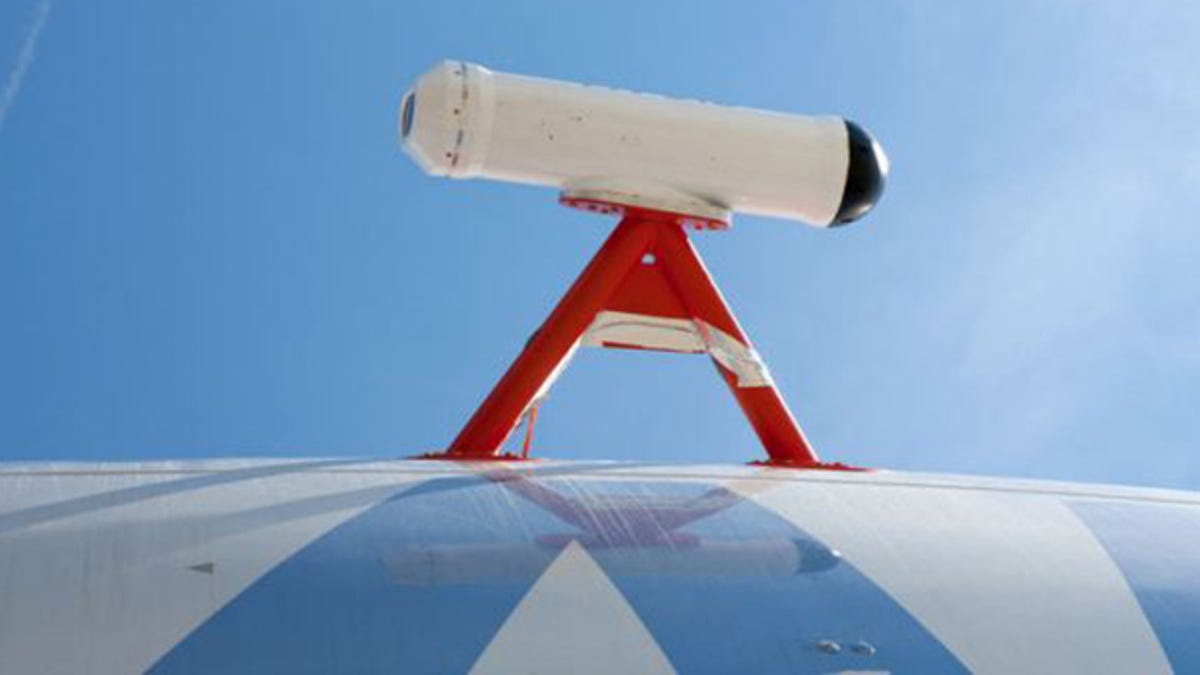Testing airline safety with the help of a fake ash cloud
Engineers from easyJet and Airbus create an artificial ash cloud to test a sensor that could help avoid massive airspace closures after a volcanic eruption.

When a volcano erupted in Iceland in 2010, it filled the skies over Europe with a massive ash cloud. From April 15-21, 2010, more than 100,000 flights were cancelled as officials scrambled to assess safety. The closures cost the airlines an estimated $2.6 billion.
Flights had to be cancelled because the ash can cause structural damage as it melts inside aircraft engines and sticks to engine blades. It also sticks to windshields and can interfere with other instruments. The ash is difficult to detect and track because it is incredibly fine.
Europe could see a repeat situation within the next couple of years, experts say, because Icelandic volcanoes erupt about once every five years. If the wind is blowing to the northwest, the ash ends up in European skies.
But the next time it happens, pilots should be better equipped to assess the dangers, with the help of a new sensor designed to detect ash in the atmosphere. Engineered by European airline easyJet, aircraft maker Airbus, and Nicarnica Aviation, the Airborne Volcanic Object Identifier and Detector (AVOID) would be mounted on aircraft.
To test the sensor, the companies created an artificial ash cloud on October 30. They released about a metric ton of volcanic ash collected from the 2010 eruption. The talc-like ash was released between 9,000 and 11,000 feet above the bay of Biscay, a portion of the Atlantic along the coasts of France and Spain.
According to a July 2012 study in Scientific Reports, about 100 million kilograms of ash reached the European skies after the 2010 eruption (less than 0.02 percent of the total). That is about 100,000 metric tons -- so this test cloud was 0.00001 percent of the overall 2010 cloud.
At first, the test cloud was visible to the blind eye. After a few minutes, it dissipated, making it difficult to spot.
Next, a Diamond DA42 test aircraft flew through the cloud to measure the concentration, followed by an Airbus A340-300. This is a 300-seat passenger plane.
The larger aircraft was equipped with an AVOID sensor that was pointed towards the ash cloud. The sensor uses infrared technology to capture images from as far as 62 miles away, anywhere from 5,000 to 50,000 feet in the air. These distances allow pilots to spot the ash cloud and adjust the flight path accordingly, just as current weather radar systems alert pilots if they are approaching a storm.
In the test, AVOID successfully identified the cloud from about 38 miles away and generated the same concentration measurement -- 100 to 1000 micrograms per cubic meter of air -- as the smaller plane.
The measurements showed that it was between 600 and 800 feet deep and 2.8 kilometers (1.7 miles) in diameter. Measuring the overall size allows engineers on the ground to build a full picture of the cloud and to determine if certain airspace is still safe. This would help avoid massive airspace closures, such as the one in 2010.
"The threat from Icelandic volcanoes continues and so we are delighted with the outcome of this unique and innovative experiment. Finding a solution is as crucial now as ever to ensure we never again see the scenes of spring 2010 when all flying ceased across Europe for several days," Ian Davies, easyJet's engineering director, said in a statement.
Now that the sensor is proven to work, the airline plans to mount AVOID sensors on one or two of its planes by the end of 2014.
This story originally appeared on CBSNews.com.

